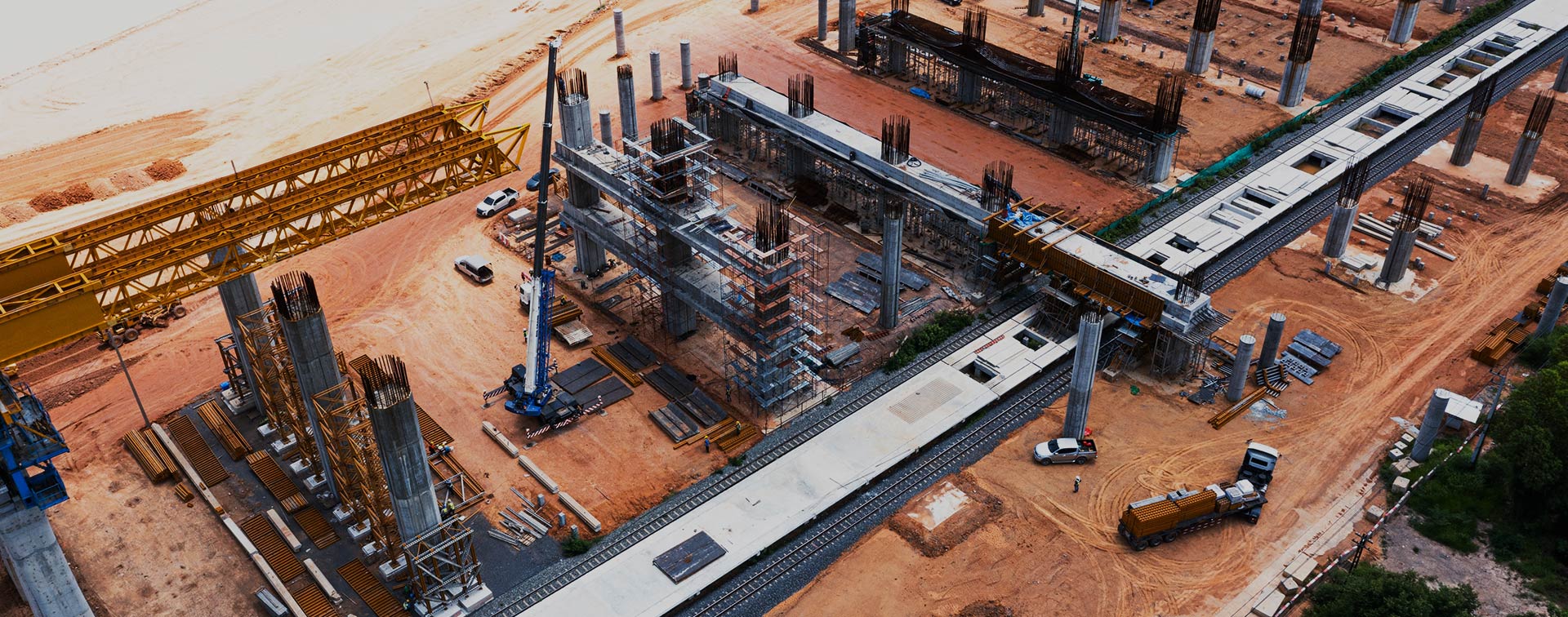Yes, it’s about ensuring the business runs like a well-oiled machine, but also about fostering a culture that embraces technology in a human-centric way. Much like the mining industry itself, which often gets a bad rap for being “just about machines”, a CTO’s role is frequently misunderstood.
As Australia’s mining industry continues to fuel the economy, CTOs, are responsible for making sure the technology side of things works hand-in-hand with the teams on the ground. Let’s face it, your role isn’t just about managing servers, training people how to recognise scams, and buying licences—it’s about connecting with people, driving change, and making sure that technology serves the bigger picture. You’re the glue holding it all together, bringing cohesion across different departments. So, how can you continue to step up and ensure that your role stays relevant and impactful?
Being a Forward-Thinking CTO is Key
Let’s start with why your role is so crucial to the success of a company servicing mining machinery. The mining industry itself is changing fast, driven by automation, AI, and environmental concerns. Companies are always looking for ways to reduce downtime, increase efficiency, and cut costs, and technology plays a massive role in this transformation.
The CTO role it’s about connecting with people.
Staying up-to-date isn’t just about knowing what’s out there—it’s about translating that tech into real-world solutions. By implementing these tools efficiently, you help reduce downtime for mining companies, saving them time and money.
A CTO who’s on top of the latest developments isn’t just helping keep the lights on—they’re driving innovation. Your role is about leading the charge, ensuring the right systems are in place so that when a mining operation needs a piece of equipment serviced, everything from scheduling to billing flows seamlessly. This ensures the machines keep rolling, and the business keeps profiting. The best CTOs are constantly learning, staying ahead of the tech curve, and knowing how to apply that knowledge to meet business needs.
Humanising Technology in a Machinery-Heavy Industry
While technology gets all the glory, it’s people who make it work. As a CTO, it’s not enough to simply implement a shiny new system and call it a day. You’ve got to get buy-in from everyone—field workers, finance teams, warehouse managers, and sales reps. This means ensuring that the systems you implement are human-centric, user-friendly, and designed to make everyone’s job easier.
CTOs who succeed understand that their main job is to foster a change-friendly culture. If the tech feels like a burden, people won’t use it. Your goal? Get people excited about how tech can help them.
The CTO: The Bridge Across Departments
A great CTO is not just a tech expert—they’re a collaborator. Your job is to bring different departments together—finance, sales, marketing, operations, procurement, and legal—and ensure they all work toward a common goal. And that goal? Centralising data and achieving operational excellence.
It’s no secret that data silos are the enemy of efficiency. When information is trapped in isolated systems across departments, it causes confusion, delays, and errors. As a CTO, your role is to break down those silos by implementing an integrated system that gives everyone access to the same data in real-time.
Rate your operational excellence, with an easy 5-minute survey.
Tips for Driving Change and Implementing ERP Systems
Let’s get practical. Here are some tips for CTOs looking to champion ERP implementation:1.
2.
3.
4.
5.
The Value of a ERP Implementation on Your Resume
Finally, let’s talk about you. As a CTO, having managed a successful ERP implementation can be a massive feather in your cap. It shows that you’re not just tech-savvy, but that you know how to manage complex projects, lead teams, and drive organisational change. In today’s competitive job market, having a major ERP implementation on your resume sets you apart from other tech leaders.
ERP systems are more than just software—they are comprehensive platforms that can transform businesses, especially in the mining industry. By leading the charge on an ERP rollout, you’re proving that you can handle big, transformative projects, that you understand the importance of data centralisation, and that you can deliver real, measurable results.
Final Thoughts
As a CTO in a company servicing mining machinery, you’re in a unique position to drive real change. You’re not just the person who makes sure the tech works—you’re the person who ensures that the entire operation runs smoothly, from finance to field service. By staying on top of the latest trends, fostering a culture that embraces change, and leading the charge on centralised systems, you can make a lasting impact on your company.
So, if you’re ready to take your role to the next level, it’s time to focus on the human side of technology. After all, tech is only as good as the people who use it.


